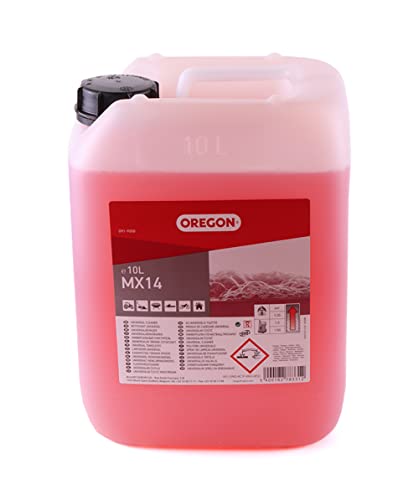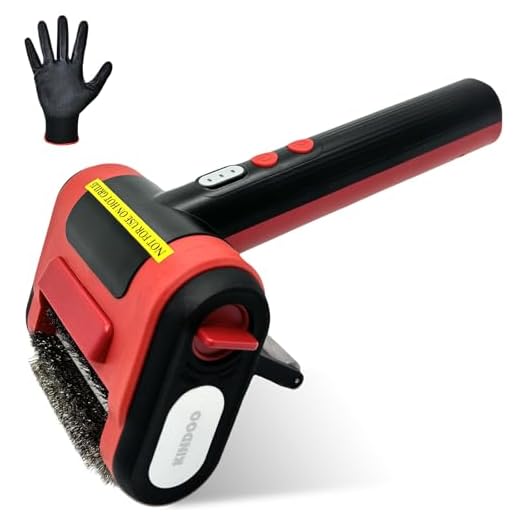



A straightforward recommendation: avoid incorporating common kitchen soaps into your high-pressure cleaning setup. While these products may seem harmless, they can lead to significant operational issues and damage your equipment over time.
From my extensive experience in the cleaning equipment industry, I’ve observed that the formulation of many household detergents lacks compatibility with the intricate systems of high-performance cleaning machines. These soaps can create excessive foam, which may affect the motor and pump, compromising overall functionality and durability.
Instead, opt for cleaning solutions specifically designed for high-pressure systems. These products are tailored to deliver the cleaning power required without adverse effects on machinery components. Reading the manufacturer’s guidelines will provide clarity on suitable alternatives for your cleaning unit.
Using Dish Soap in a High-Pressure Cleaning Unit
Mixing soap designed for hand-washing dishes with your high-pressure cleaning device isn’t advisable. While it may seem tempting to utilise this readily available product for grime removal, it can lead to issues. Such detergents often create excessive suds, potentially damaging the motor or pump of your equipment.
An alternative lies in selecting specially formulated cleaning agents designed for these machines. These products ensure optimal performance while being safe for your device. They generally offer superior grease-cutting power, tailored for the kind of surface cleaning associated with high-pressure tools.
If the goal is to enhance readiness for projects like vehicle cleaning or patio refreshment, select biodegradable and non-toxic solutions. Always follow the manufacturer’s guidelines regarding cleaning agents to maintain warranty coverage. Empty the detergent reservoir of any unsuitable products thoroughly before switching to compatible alternatives.
Cleaning surfaces should occur methodically. Test any cleaner on a small, inconspicuous area beforehand to ensure no damage occurs to the material being cleaned. Enhancing cleaning effectiveness requires the right approach and proper tools, so consider investing in suitable products to maximise results.
Understanding Pressure Washer Detergents
Opt for detergents specifically formulated for cleaning equipment. These products enhance performance and protect internal components. They have the right pH balance and viscosity, ensuring compatibility with various surfaces and effective dirt removal.
Many expert brands offer comprehensive lines suitable for numerous tasks, from heavy grease removal to gentle surface cleaning. Factors to consider include the type of surface being cleaned, the nature of the stains, and whether any eco-friendly options are preferred.
Always dilute concentrated solutions as directed to avoid damage. Follow the manufacturer’s recommendations regarding detergent usage, as exceeding these guidelines can cause damage or void warranties.
For optimal results, look for products with biocidal properties if dealing with mould or mildew. This will prevent regrowth and prolong the cleanliness of the treated areas.
Additionally, consider using foam applicators with compatible detergents to achieve better coverage and increased dwell time, enhancing cleaning effectiveness. Always rinse surfaces thoroughly after application to remove any residual product.
Potential Risks of Using Dishwashing Liquid
Utilising conventional washing agents in high-pressure cleaning devices can lead to significant complications. One major concern is potential damage to internal components, such as seals and hoses, caused by harsh chemicals in these products. Long-term exposure may degrade materials not designed for these substances, resulting in leaks and costly repairs.
Furthermore, the risk of excessive foaming cannot be overlooked. Suds may obstruct nozzles or cause overflow, making it difficult to maintain control. This could lead to unintended damage to surfaces being cleaned, including paint removal or surface abrasion.
Another crucial factor is environmental impact. Conventional cleaning solutions can contaminate surrounding areas if not properly rinsed away. This poses risks to plants, animals, and nearby water sources.
Finally, warranty concerns arise when using non-recommended agents in your equipment. Should any issues occur, manufacturers may refuse claims, noting improper use as a reason for damage.
How to Safely Use Dishwashing Liquid
For optimal results when incorporating soap into a cleaning machine, follow these guidelines:
1. Dilution is Key
Prepare a mixture by combining the soap with water in a ratio of 1:10. This reduces the potential for unwanted residue on surfaces.
2. Select the Right Surface
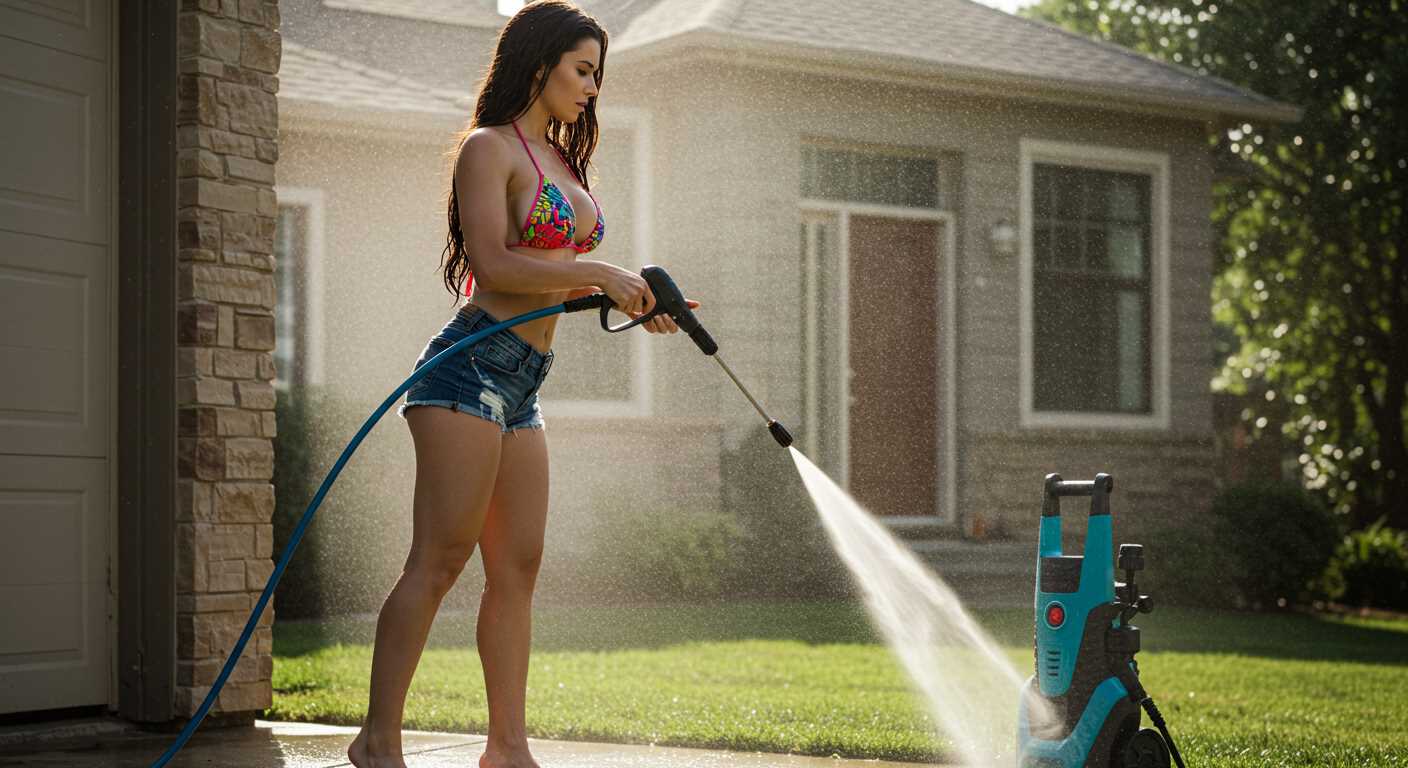
Avoid using this mixture on delicate materials such as painted surfaces, wood, or fabrics. Opt for tougher surfaces like concrete or brick.
3. Check Compatibility
Before starting, confirm that the equipment can handle the detergent without causing damage. Refer to the manufacturer’s guidelines.
4. Proper Application Technique
- Apply the soapy solution from a distance of about 30 to 45 cm to avoid direct contact with surfaces.
- Utilise a low-pressure setting to prevent any harm to the material.
5. Rinse Thoroughly
Always rinse surfaces thoroughly after application to eliminate any soap residue. This helps prevent slippery surfaces and potential damage.
6. Store Correctly
After use, ensure that the equipment is cleaned properly. Run water through the system to eliminate any remnants of the solution that may cause blockages.
7. Follow Safety Protocols
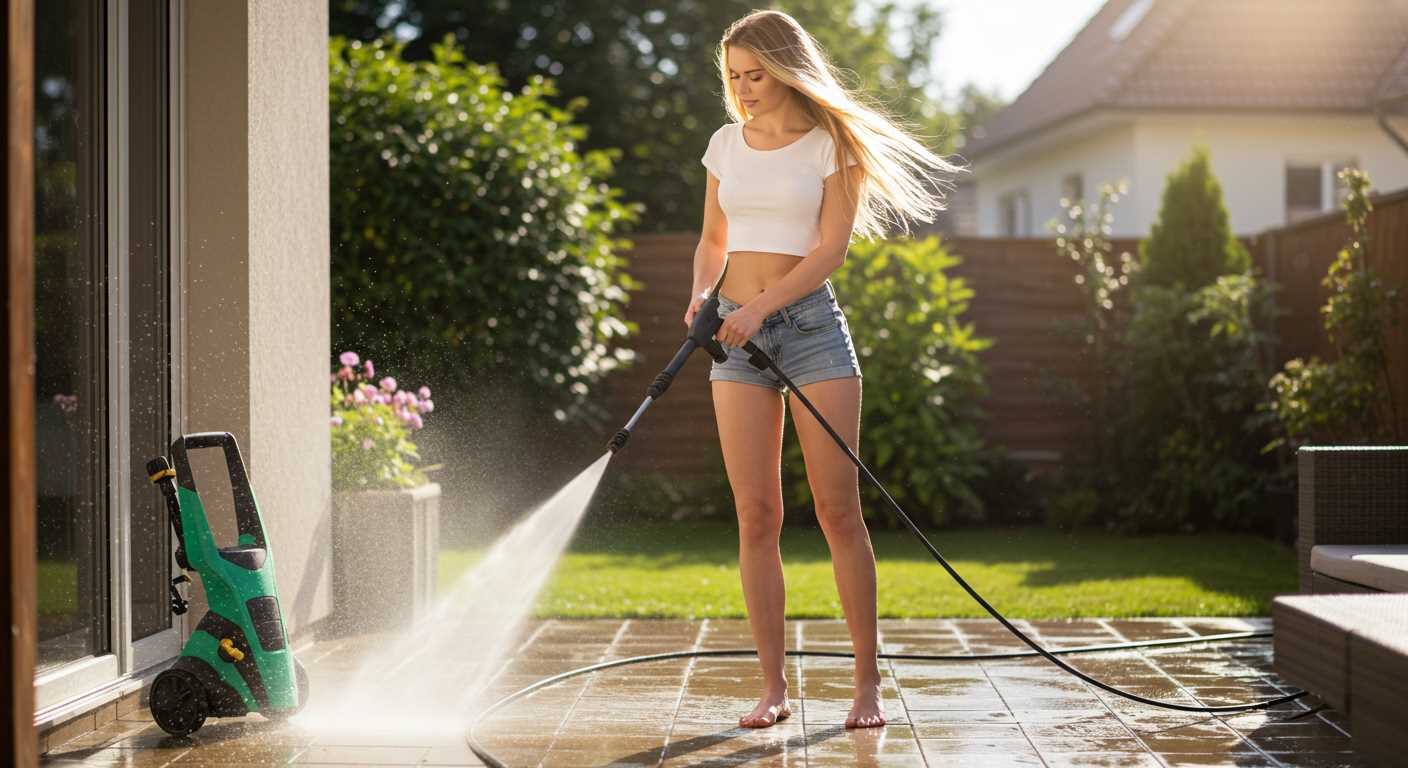
- Wear protective gear, such as gloves and eyewear, to shield against splashes.
- Ensure pets and children are kept at a safe distance during the cleaning process.
By adhering to these practices, one can safely incorporate soap into the cleaning process while minimising risks and maintaining equipment integrity.
Alternatives to Dishwashing Liquid for Pressure Washing
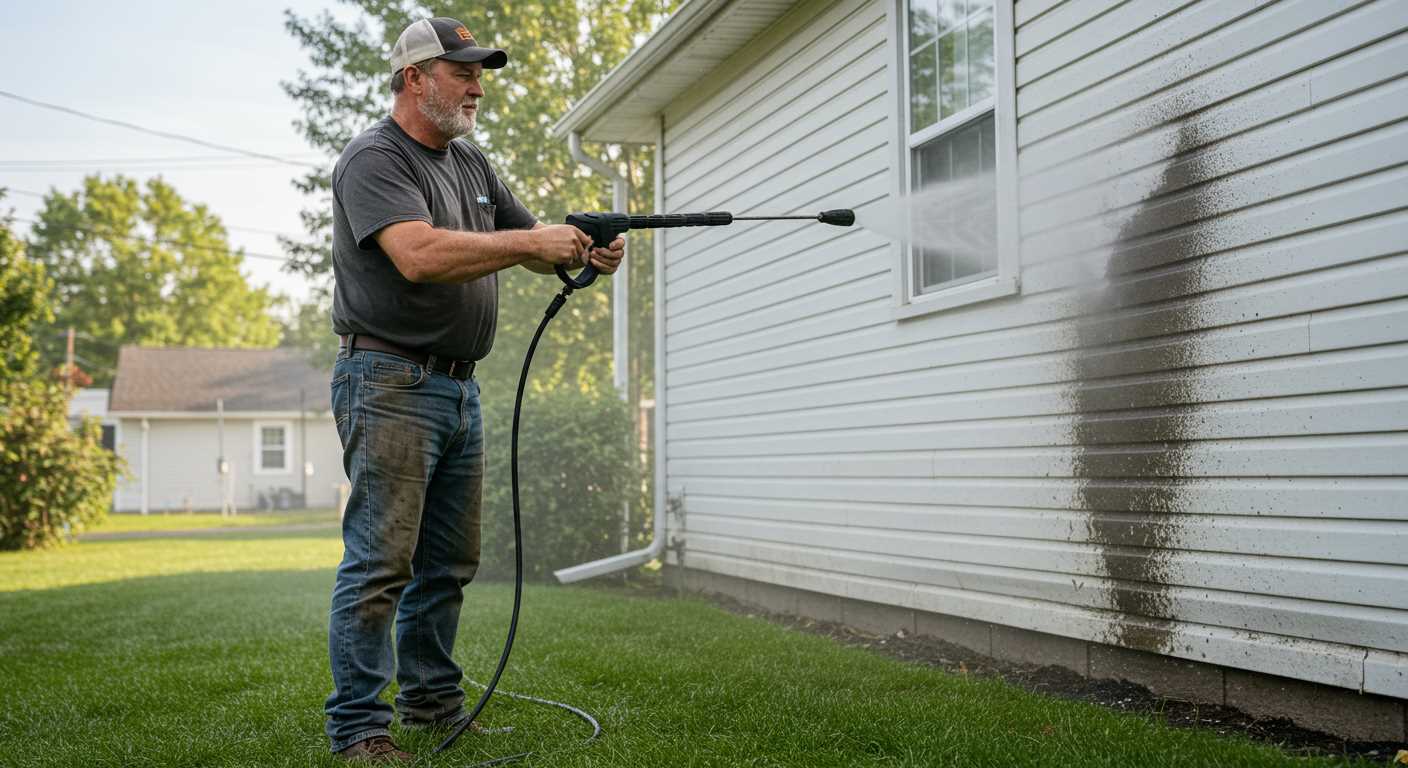
For optimal results in outdoor cleaning machines, consider dedicated formulations designed for surface cleaning. These products include biodegradable formulations, which are gentler on the environment while remaining tough on grime. High-performance options incorporate surfactants that cut through oily residue effectively.
Car wash soaps offer a balanced pH, ensuring vehicle surfaces remain protected while eliminating dirt and contaminants. This category often includes waxes and sealants, providing an additional layer of shine. Another noteworthy alternative is all-purpose cleaners. These versatile solutions are suitable for various surfaces and can tackle tough stains when diluted correctly.
For those looking for heavy-duty options, professional-grade degreasers are available. These formulations break down stubborn grease and oil spills, making them ideal for equipment or garage clean-ups. Specific concrete cleaners work wonders on driveways and walkways, targeting embedded stains and offering deep penetration.
Eco-friendly cleaners should also be on the radar. Many brands now produce sustainable products that meet strict environmental standards without sacrificing cleaning power. Always check product labels to verify compatibility with specific machinery and ensure that materials are safe for intended surfaces.
Experimentation with different alternatives can yield impressive results and may even enhance the longevity of outdoor cleaning tools. Adhering to manufacturer recommendations for dilution ratios and application methods is crucial for achieving desired outcomes while maintaining equipment condition.
When to Employ Soaps in Power Washing
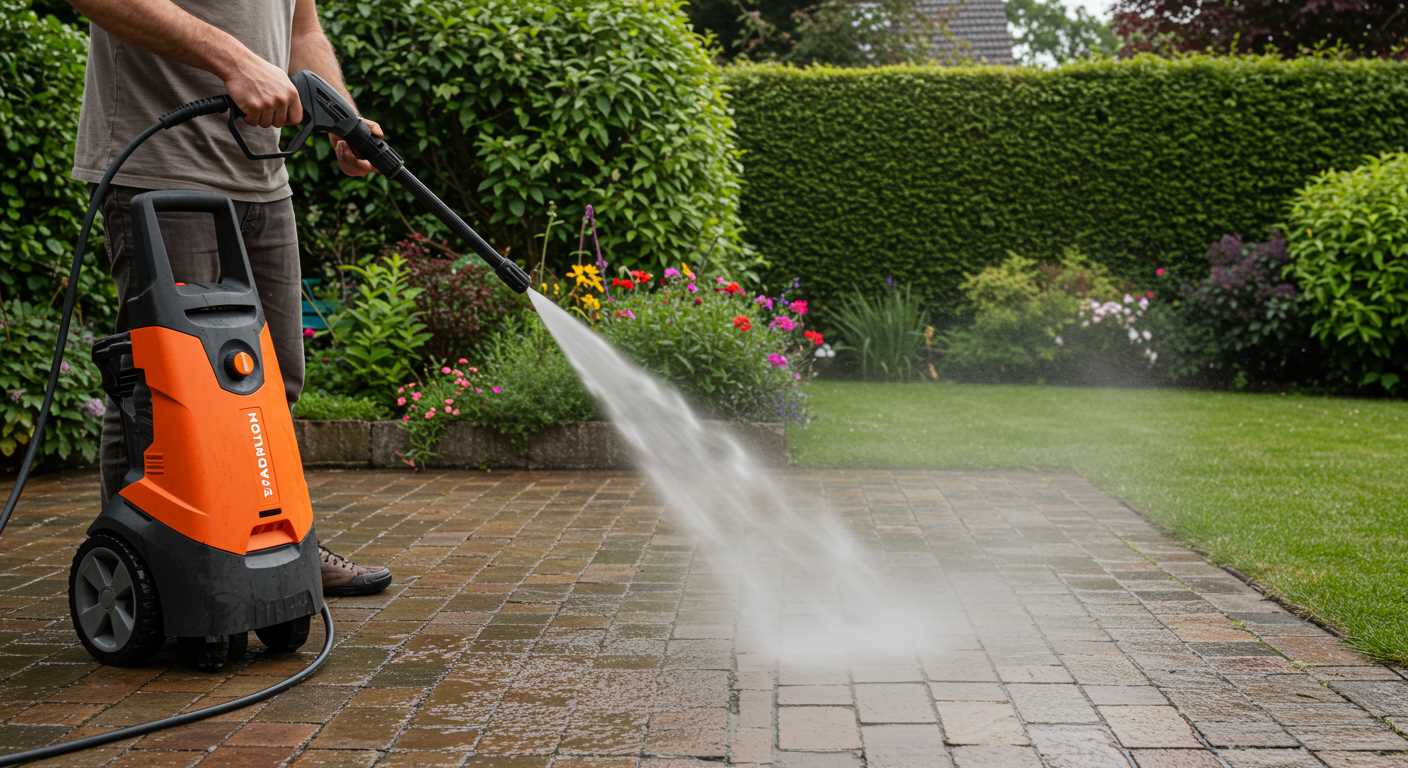
Utilising cleaning agents can significantly enhance the results of outdoor cleaning tasks. It’s best to apply soaps when dealing with heavily soiled surfaces, such as driveways or patios, especially those with oil stains or mildew. In cases where grease or grime accumulates, a degreasing soap specifically formulated for outdoor use will provide superior results.
Optimal Scenarios for Soap Application
Consider applying a cleaning solution during the following scenarios:
| Scenario | Type of Soaps |
|---|---|
| Oil and Grease Stains | Degreasing agents |
| Mildew and Algae | Biodegradable cleaners |
| General Dirt and Dust | All-purpose cleaning solutions |
| Wood Surfaces | Wood-safe cleaners |
Conditions to Avoid Soap Use
In instances of light cleaning, such as removing loose debris or light dust, avoid cleaning solutions. Excessive foaming can hinder the clarity of your work and may require rinsing that ultimately uses more water. Always review the manufacturer’s guidelines for the equipment to confirm compatibility with cleaning agents to maintain warranty validity.
Tips for Diluting Detergent Properly
For optimal results, I recommend a dilution ratio of about 1 part detergent to 10 parts water. This can vary based on the specific product and level of dirt, but starting with this guideline ensures adequate cleaning power without excessive suds.
When mixing, always add the concentrate to the water, not the other way around. This method reduces the risk of foaming and allows for a more uniform solution. Use a clean container for mixing to avoid any contamination from previous substances.
Before applying the mixture, perform a test on a small, inconspicuous area. This will help you gauge the solution’s effectiveness and ensure it does not damage the surface being cleaned.
Keep in mind that temperatures can affect the performance of the detergent. Warmer water can improve cleaning efficiency, yet too hot may reduce its effectiveness. Aim for lukewarm water for the right balance.
If dilution becomes necessary for a larger surface area, mix in batches to maintain consistency. For larger tasks, consider using a measuring cup for accuracy in your ratios, allowing for precise application throughout the cleaning process.
Store any leftover mixture in a sealed container, clearly labelled with the contents and dilution ratio. This not only preserves the solution but also avoids confusion in future cleaning tasks.
Lastly, after use, thoroughly rinse surfaces to ensure no residue remains, as this might lead to slippery conditions or attract dirt faster.
Cleaning Different Surfaces with Dishwashing Solution
For effective cleaning, a homemade concoction of warm water and a few drops of a popular washing solution can provide excellent results on various surfaces.
Recommended Surfaces
- Patios and Driveways: Mix a solution and apply it directly. The surfactants assist in breaking down grime.
- Outdoor Furniture: Rinse diluted mixture over chairs and tables to remove dirt and stains effectively.
- Vehicles: It works well on painted surfaces, but ensure thorough rinsing to prevent residues.
- Windows: A gentle solution can aid in maintaining streak-free glass when applied with a soft cloth.
Application Tips
- Use a bucket to create a proper dilution before applying.
- A soft brush or sponge helps scrub tricky areas without damaging surfaces.
- Rinsing thoroughly is critical to eliminate all soap residues, especially on porous surfaces.
Experimenting with the strength of the mixture may be necessary, depending on the level of dirt. Combinations with extra water are often more effective on delicate surfaces.

